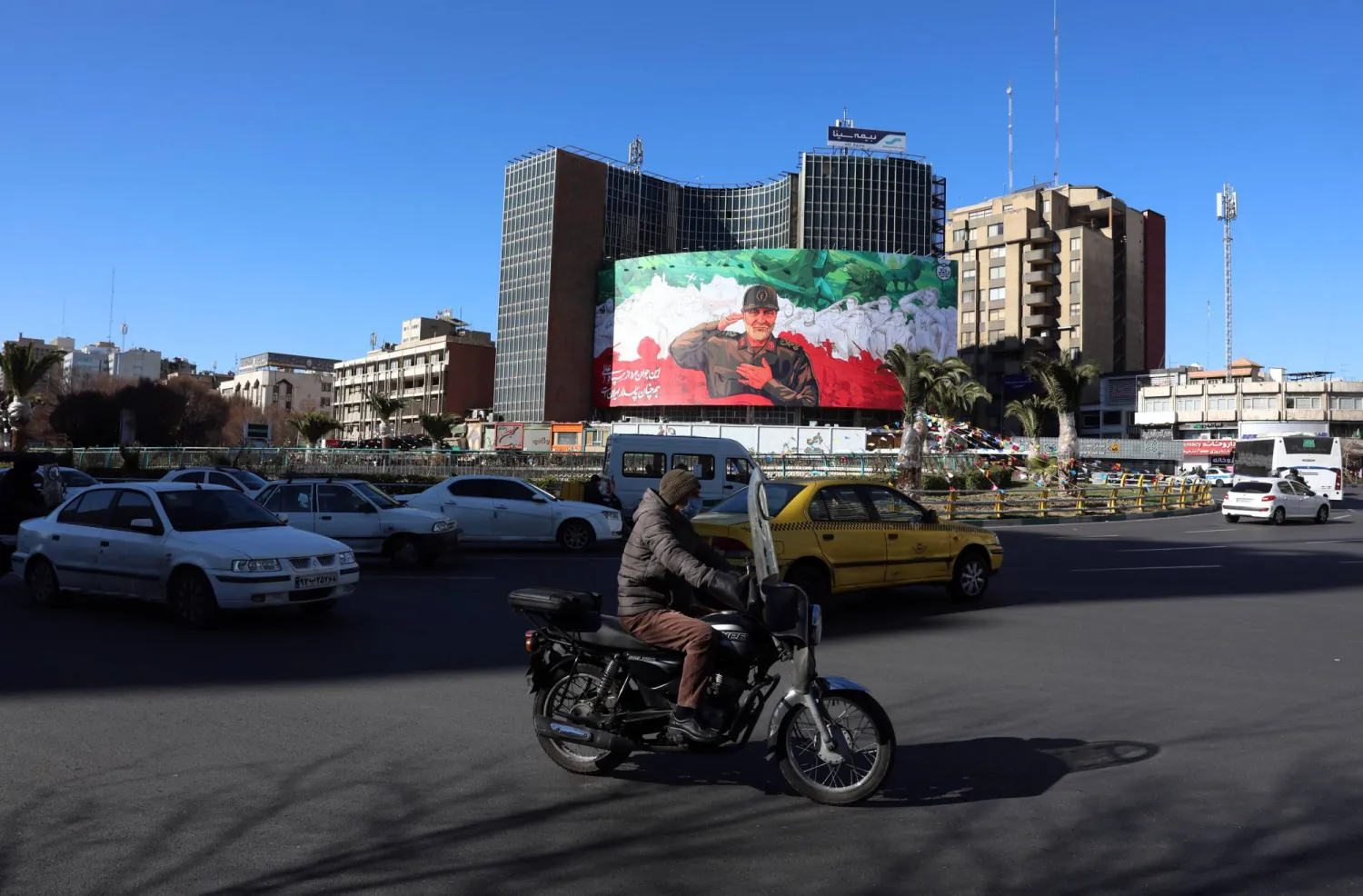One woman was injured and buildings and port infrastructure were severely damaged in Russia's overnight missile and drone attack on the port of Odesa in southern Ukraine, Ukraine's military said on Monday.
"The sea port in Odesa suffered significant damage, a fire broke out in the port's hotel, which has not been functioning for several years," the south command of Ukraine's armed forces said on the Telegram messaging app.
"Firefighters promptly eliminated it."
Ukraine's Air Force said that its air defense systems destroyed 19 Iranian-made Shahed drones, 11 cruise missiles and two hypersonic missiles that Russia launched on Ukraine overnight, vast majority directed at Odesa.
Three other drones were destroyed earlier on Sunday, it said.
Reuters could not independently verify the report.
Earlier, Oleh Kiper, governor of the Odesa region, said that a woman was taken to a hospital after a shrapnel injury in result of the blast wave.
Ukraine's south military command posted on its Telegram messaging app several pictures showing a high-rise building with blown up windows and severe damage to its structure.
There was no immediate comment from Russia about the attack.
The situation in Odesa and its ports has been watched carefully by grain markets, after Ukraine announced a "humanitarian corridor" for ships to sail into Black Sea ports and load grain for African and Asian markets, following Russia exiting a deal that ensured the safe exports of Ukraine's grain.
In the southern Ukrainian city of Kryvyi Rih, mayor Oleksandr Vilkul said one Russian drone had been shot down and falling debris caused a fire at an industrial enterprise, which had since been extinguished. He reported no casualties.
Russia's defense ministry said on Monday that its air defense systems destroyed four Ukraine-launched drones over the northwestern part of the Black Sea and over the Crimean Peninsula.
It was not immediately known whether there was any damage or injuries as a result of the reported attacks.
Reuters was not able to independently verify the Russian report. There was no immediate comment from Ukraine.
Separately, the ministry said that four other drones were destroyed overnight over Russia's Kursk and Belgorod regions.









